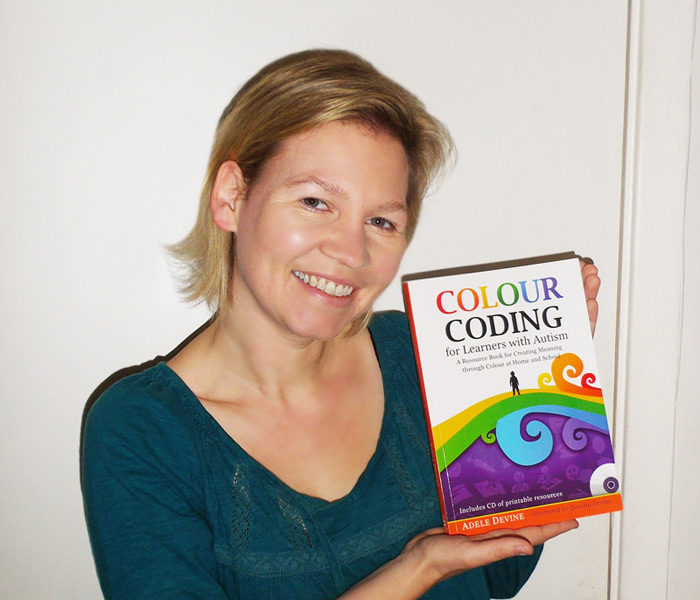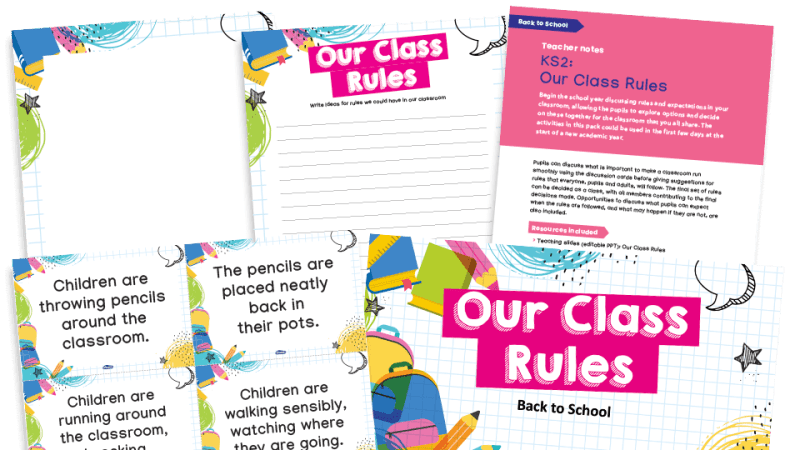Who’s Hungry? – How Breakfast Clubs Can Help Your Early Learners With SEN

Having an empty stomach can severely disrupt children’s learning – but the problem is even worse if the children affected can't tell you what's wrong, explains Adele Devine…

- by Adele Devine
- Early years and SEN specialist, author, keynote speaker and trainer Visit website

It’s one of those mornings. You’ve slept in and now have half an hour less to get everything done and everyone out. No time for breakfast – not even tea.
It’s been the most awful, stressful start, and now you’ve arrived at school without the book for your topic and no chance to print the planning. One of ‘those mornings’ can easily snowball into one of ‘those days’. Now think about the children in your setting. Try to imagine the potentially chaotic and stressful mornings some of them may have experienced. It’s a sad fact that more and more children are arriving at school without having had breakfast. Earlier this year, a cross-party parliamentary group on hunger suggested that at some schools, one in five children arrives hungry every day. Labour MP Frank Field, who chairs the group, noted that, “A breakdown in parenting and a rise in the number of low-income families was behind the trend”, before asking, ‘How can the world’s fifth richest nation not know the extent of physical damage caused to its own children by a lack of food?” Yet statistics show that hospital admissions for malnourishment have increased. Mr Field went on to quote a child attending a school fun day who said, “I don’t mind missing the activities, but please can I come in and eat? I’ve had nothing today and I’m starving.” But what about children who do not have the communication skills to tell you that they are hungry? What about those with severe anxieties or sensory issues, who might have not eaten due to all the other stresses of the morning?
Breakfast club
In our early years/Reception class at Portesbery School, every child has the opportunity to join in with our breakfast club. The smell of toast creates a welcoming, homely atmosphere. Everyone is provided with a way to request food or drink, whether by using a Picture Exchange Communications System (PECS), pressing a BIGmack switch with a recorded message, using a PODD (Pragmatic Organization Dynamic Display) book, signing, eye pointing or speech. As Virginia Woolf once observed, “One cannot think well, love well, sleep well, if one has not dined well.” Our breakfast club provides opportunities to extend communication. It means we can ensure that every child starts the school day with something in their tummy, ready to play well, learn well and communicate well.
Case study – ‘How to handle a Harry?
A tricky start Harry was into absolutely everything. If there was a way he could mix things up, he would be there in a flash. He would be knocking over the tower of bricks, tipping the water tray at a precarious angle or throwing the sand in the air.
Harry was in a class of children who all had their own special educational needs and he seemed to enjoy the reactions when he got them angry or upset – he would always turn to look at us with twinkling mischief in his eyes. In short, Harry had an ability to create chaos. I knew that I needed to find a way to create a calm environment, and a happy Harry was the key. That’s when I decided to try a breakfast club. Breakfast club Next day, when the children arrived they were greeted by the welcoming aroma of toast. Some came over to the table to investigate. Harry was very interested. I put a piece of toast on a plate for him and he sat down at the table and ate it. Harry then went to reach for more toast, and my teaching assistant guided his hand to lift a ‘toast’ symbol and place it in my hand. “Toast,” I said, smiling, and I gave him some toast.
Amazing outcomes With continued support, Harry soon learnt to use the symbol independently. In time, he learnt to discriminate symbols and make the PECS sentence ‘I want Marmite on toast.‘ He would lift the sentence strip from the snack folder and point to the words. Harry liked this morning routine, and now that he had learnt a way to communicate, he was also able to use symbols to request ‘toys’ from the cupboard, ‘trampoline’ or ‘tickles’.
Case study – Steffy’s singing symbols
A tricky start If there was a morsel of food to be found in the room, you could guarantee that Steffy would run and make a grab for it. It did not matter to her one bit if the food in question belonged to someone else – everything in sight was fair game. Steffy did not speak, but she would join in with familiar songs. She also had the ability to use PECS to make a sentence when she was motivated.
Breakfast club The introduction of our breakfast club soon helped to change this behaviour. At first, Steffy – entirely predictably – tried to grab the toast from the table, but she soon realised that she could get a slice by making requests with PECS. I cut each piece of toast into eight small pieces, so that the children had to make more requests. The more exchanges they could make, the quicker they would learn.
Outcomes Steffy quickly learnt to extend her sentences and was soon ordering symbols to communicate ‘I want jam on toast‘. When using PECS, we model the language – the child hears the words again and again, and this often leads to speech. Knowing how Steffy responded to singing, I sang the sentence to her. In time, she started to sing the sentence herself. Steffy gained more control, became less likely to go a grab food from others and made many more requests using her voice.
Say it with food
10 tips for encouraging communication and independence at breakfast…
1. Always have food in the same area and provide individual place mats.
2. Keep a folder with laminated food and drink photos and symbols.
Trending
3. Have an ‘I want..’ sentence strip on the front for making sentences.
4. Record the word ‘toast’ on a BIGmack switch with a ‘toast’ picture on it.
5. Create visual connections, adding symbols to juice, milk and water bottles.
6. Have everything ready before arrival, but ensure that the toast aroma lingers.
7. Make it clear who children should make requests to, and have staff support.
8. Read up on PECS, TEACCH and Makaton – or better still, go on a course.
9. Keep language simple, clear and consistent, and reduce staff chat.
10. Encourage children to help lay the table and clean up.
Adele Devine is a teacher at Portesbery School & director of SEN Assist; for more information, visit www.senassist.com or follow @AdeleDevine










